Causes mild to severe injury to upper GI tract
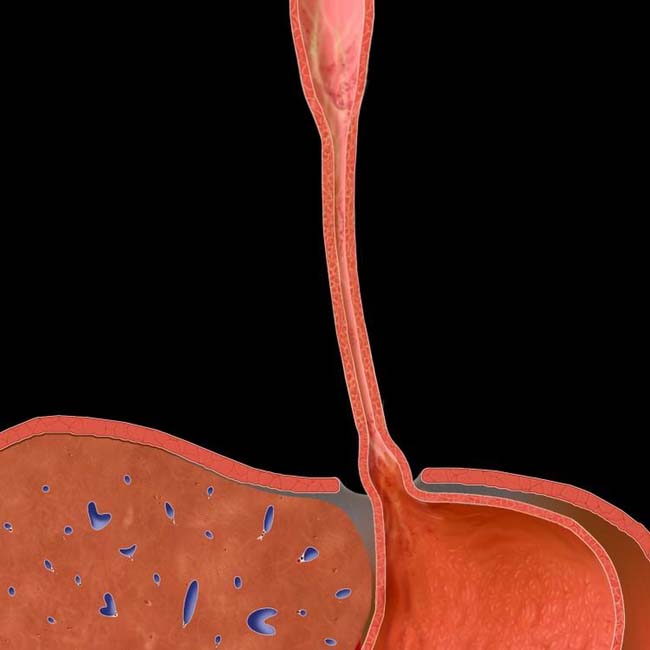
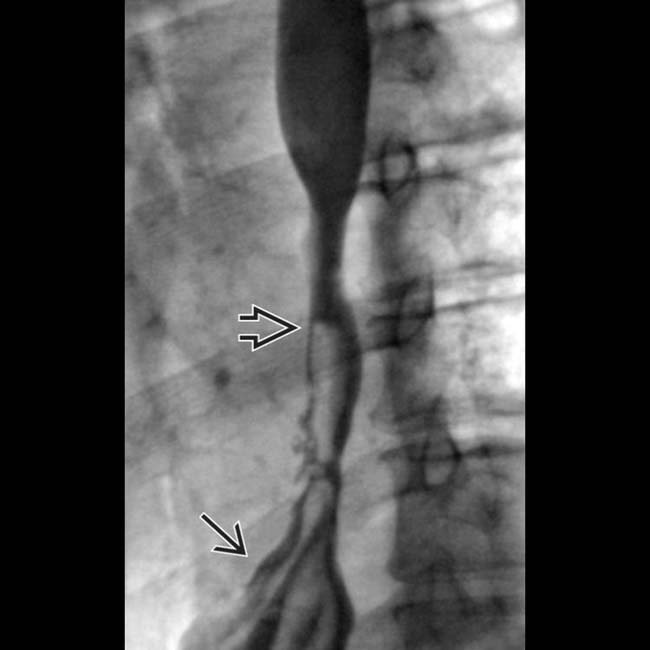
 from caustic ingestion shows a shortened and strictured esophagus, with the proximal stomach
from caustic ingestion shows a shortened and strictured esophagus, with the proximal stomach  pulled into the chest. This stricture has been treated repeatedly by balloon dilation, and the patient has not required surgery.
pulled into the chest. This stricture has been treated repeatedly by balloon dilation, and the patient has not required surgery.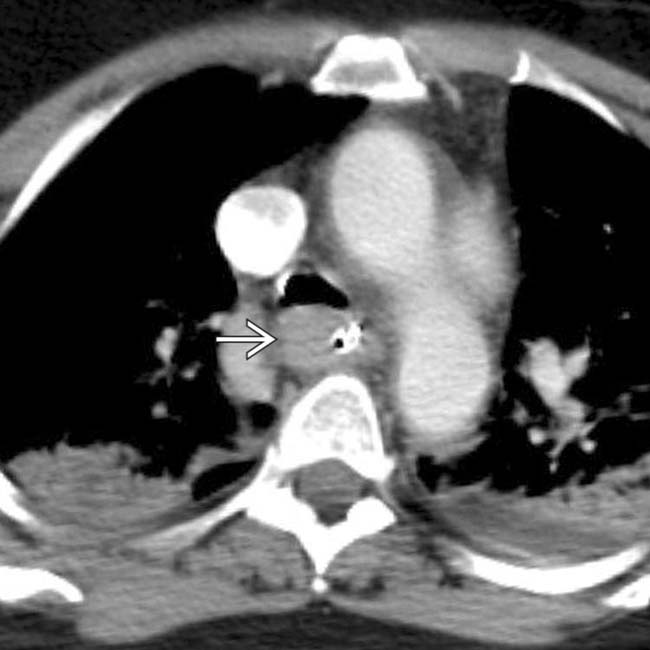
 and bilateral aspiration pneumonitis.
and bilateral aspiration pneumonitis.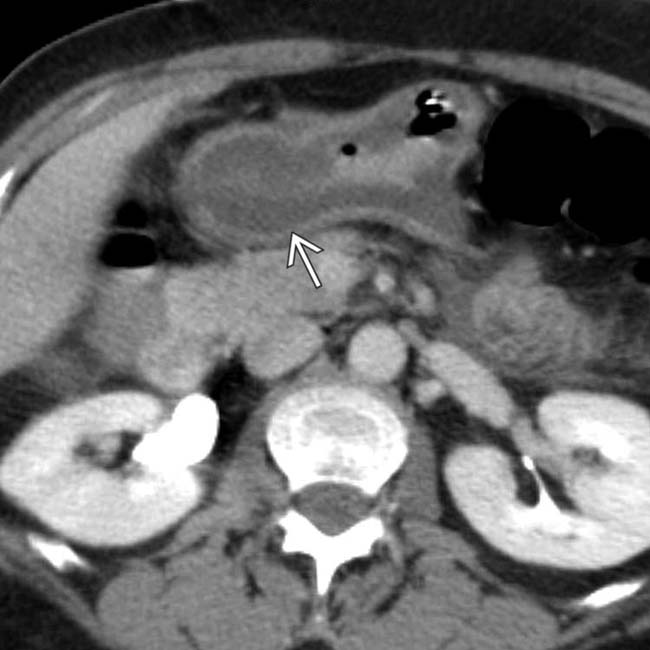
 , indicating corrosive gastritis.
, indicating corrosive gastritis.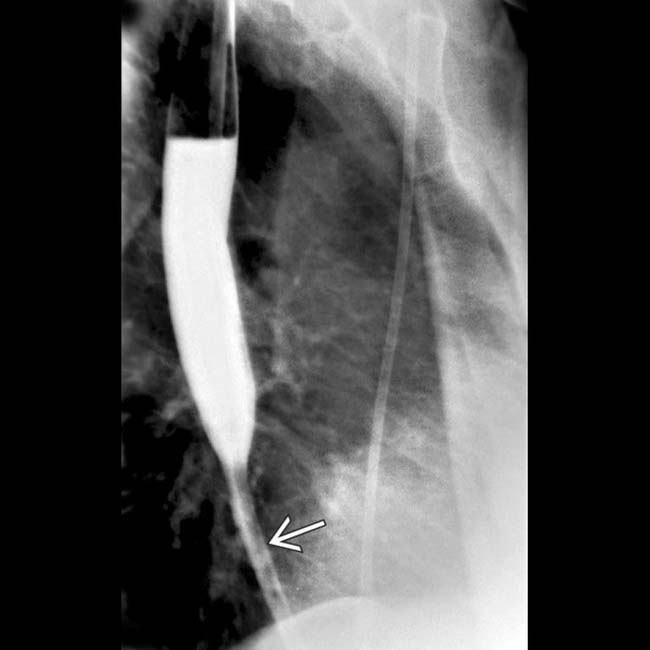
 of the distal half of the esophagus.
of the distal half of the esophagus.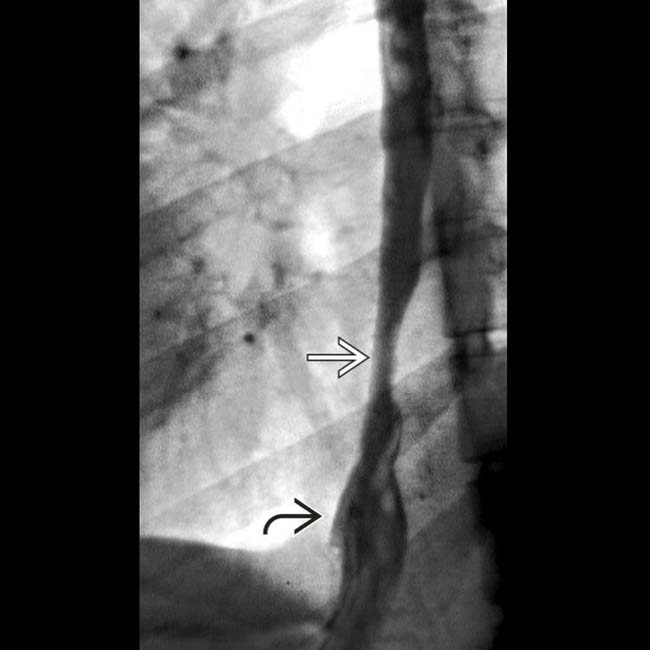
 and shortening of the distal esophagus with the stomach
and shortening of the distal esophagus with the stomach  pulled into the lower chest.
pulled into the lower chest.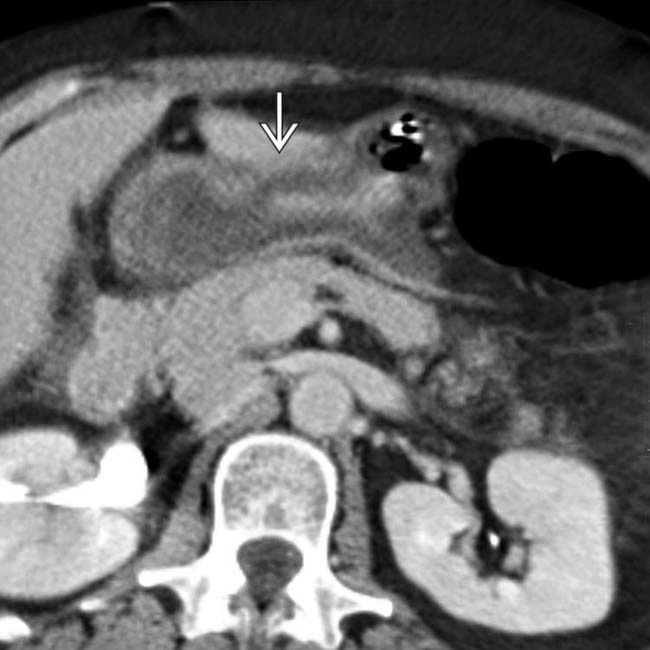
 . The patient subsequently developed esophageal perforation, respiratory failure, and sepsis before dying.
. The patient subsequently developed esophageal perforation, respiratory failure, and sepsis before dying.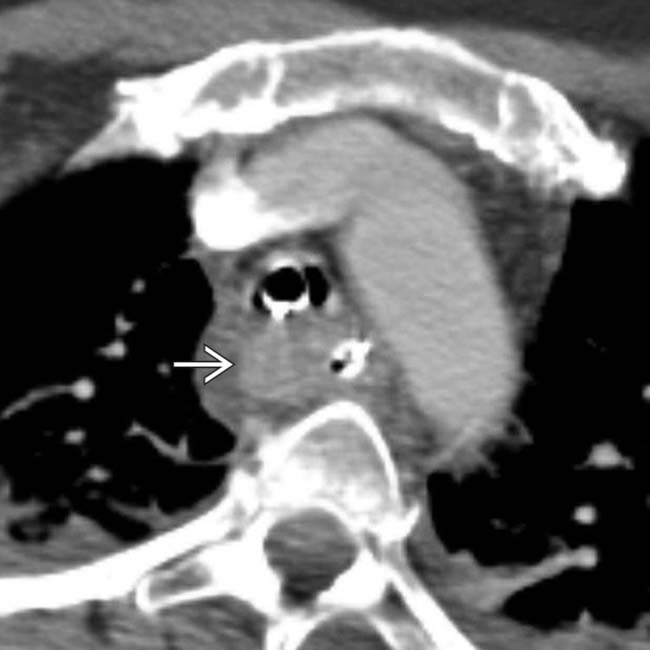
 .
.







































 .
.
 , and a hiatal hernia
, and a hiatal hernia  . Reflux esophagitis may have a similar appearance.
. Reflux esophagitis may have a similar appearance.

